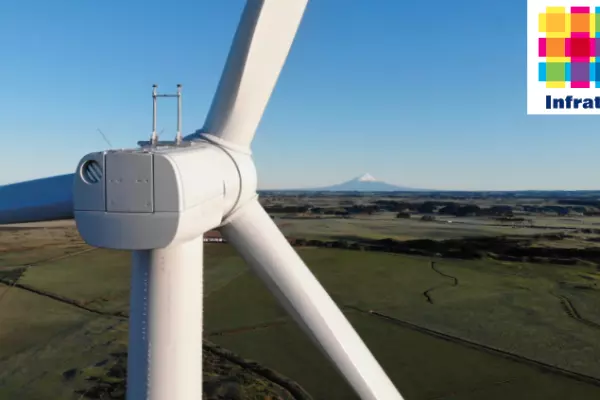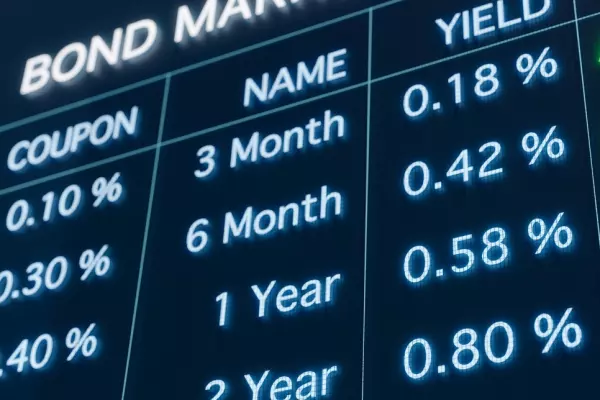We believe that Red Stag Timber chief executive Marty Verry’s recent opinion piece in BusinessDesk, asserting Cross Laminated Timber (CLT) is better than steel and concrete, misses the key issues facing the construction and infrastructure sector. Here's why:
Material Supply Challenges
A short-to-medium challenge facing our sector is material supply.
NZ needs a mix of local and global supply chains to meet the current as well as longer-term needs of the sector given the uncertainty created by covid-19.
We need to ask whether government is providing the right investment and policy settings to ensure that industry has the confidence to invest in new plant, equipment and staff.
This investment is crucial to meet current demand from local and imported sources, to address our housing deficit and ensure we can deliver the significant infrastructure pipelines – and the transition to a climate resilient, low-emission and circular economy.
Covid-19 has demonstrated that New Zealand needs local resilience in our supply chains to provide future certainty, alongside international supply chains.
Verry incorrectly claimed steel and cement are imported.
More than 50% of both cement and steel used in construction and infrastructure are manufactured here in NZ – creating high value jobs across our regions and providing significant support to the communities in which they are based.
Long Term Building Strategies
The long-term challenge for NZ is significant.
How do we meet the housing/infrastructure deficit, while transitioning to a low emission and circular economy?
Currently, our Building Codes are informed by international standards, robust science and the learning from recent seismic events and building failures.
Looking forward, scientists advise us that our buildings will be increasingly subjected to freak weather events – floods and droughts, the latter leading to unprecedented fires as experienced recently in the South Island township of Ohau.
Our future buildings need not only have a low-carbon footprint, but it is essential that they are resilient to our changing climate.
Steel and concrete deliver resilient buildings and while both materials have significant embodied carbon footprints, their life cycle carbon emissions improves due to their resilience and ability to enable lower operational carbon emissions.
Emerging Technologies
Further, there are emerging technologies, both locally and internationally which have the potential to significantly reduce the carbon footprint of both materials.
In fact, the Heavy Engineering Research Association (HERA) has announced plans to launch a zero carbon steel offsetting program, which will also include steel reinforcing used in concrete.
At the same time, the NZ concrete industry is decarbonizing as it transitions to lower carbon concretes.
As such, material choice decisions should always be left to the architect, engineer and building owner based on current and anticipated building performance informed by robust and independent science.
The Christchurch and Kaikoura earthquakes along with the rebuild of thousands of failed weather tightness homes have resulted in millions of tonnes of building materials to landfill.
NZ’s building and construction sector currently accounts for an estimated 50% of waste to landfill.
Circular Economy
We cannot continue to landfill our valuable building materials at the end of a building's life, and the government has already signaled the need to move from a “take, make, waste” society to a circular one, where we design and construct with the future use in mind.
Reputable international research – Circularity Gap Report 2020 – identifies the world is only 8.6% circular and that 70% of Greenhouse Gases (GHG) result from materials handling and use.
The report also identifies that through using smart strategies and reduced material consumption, the circular economy can shrink global GHG emissions by 39% and cut virgin forest use by 28%.
We suggest that not only is a circular approach good for NZ in reducing GHG emissions, but it may assist in helping NZ make more efficient use of our timber resource.
Procurement Guidance
Verry rightfully identifies the role of government procurement in guiding wider procurement decisions.
Specifically to deliver broader outcomes across economic, cultural, social and environmental fields – not solely environmental.
The rules direct government agencies to seek opportunities to include NZ businesses, undertake initiatives to promote a lower emissions economy and promote greater environmental responsibility, all while looking for new innovative solutions.
Procurement needs to equally value lower emission concrete solutions, optimised material design of steel/concrete structures, and the use of circular materials which at end of life have a future beyond landfill.
At the same time, government procurement rules need to ensure that buildings are fit for purpose today and are resilient to future challenges – seismic, fire and flooding.
Fortunately, the Ministry of Business, Innovation and Employment (MBIE) has well informed officials who value reputable research from John Hopkins University, Edinburgh University and Arup around the potentially combustible characteristics of CLT.
Collaboration and Robust Science
The challenge of building NZ to address current deficits and meet the needs of future generations is only going to be achieved by working collaboratively across the construction and infrastructure sector and making decisions based on good science and rigorous testing.
NZ needs a mix of materials – concrete relies on steel, light timber and steel framed houses sit on concrete floors, mass timber structures rely on steel and concrete cores and foundations.
We do not need to rush headlong into single material choices which are not grounded in good science.
Rather, we need the research, science and evidence to guide decision making and the journey to a circular, low emission economy.
Rob Gaimster is the chief executive of Concrete New Zealand and Nick Collins is chief executive of Metals New Zealand.










